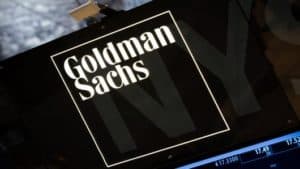 Goldman Sachs is actively streaming firm prices for US investment grade corporate bonds to the live order book for institutional credit markets from fixed income platform provider MarketAxess.
Goldman Sachs is actively streaming firm prices for US investment grade corporate bonds to the live order book for institutional credit markets from fixed income platform provider MarketAxess.
MarketAxess said that the US investment bank is now a dedicated market maker for Live Markets, which provides traders with a view of two-way actionable prices for US investment grade bonds on the anonymous all-to-all Open Trading marketplace.
“We are excited to help pioneer fixed income market innovation with MarketAxess,” said Amy Hong, head of market structure for global markets at Goldman Sachs. “By connecting our systematic liquidity to the Live Markets order book, we aim to evolve liquid corporate bond markets toward greater pre-trade price transparency and execution certainty.”
MarketAxess launched Live Markets this summer after confirming plans in May last year. It allows investors and dealers to place live resting orders and engage with prices provided by dealers for US corporate bonds including recently issued debt, benchmark issues, and news-driven securities.
Richard Schiffman, head of Open Trading at MarketAxess, commented that Live Markets offers a new way for institutional credit market participants to trade and builds on the success MarketAxess has seen with Open Trading’s request for quote (RFQ) offering.
“The full suite of Open Trading protocols, including Live Markets, puts traders in the driver’s seat by providing ultimate flexibility in determining trading strategy,” he added. “We’re thrilled to be working with Goldman Sachs which shares our belief in driving innovation and efficiency through technology.”
The fixed income trading specialist said its Open Trading platform saw $643 billion volumes traded in the first three quarters of 2020, up 60% from the same period last year, and representing 32% of its total global credit trading volumes.